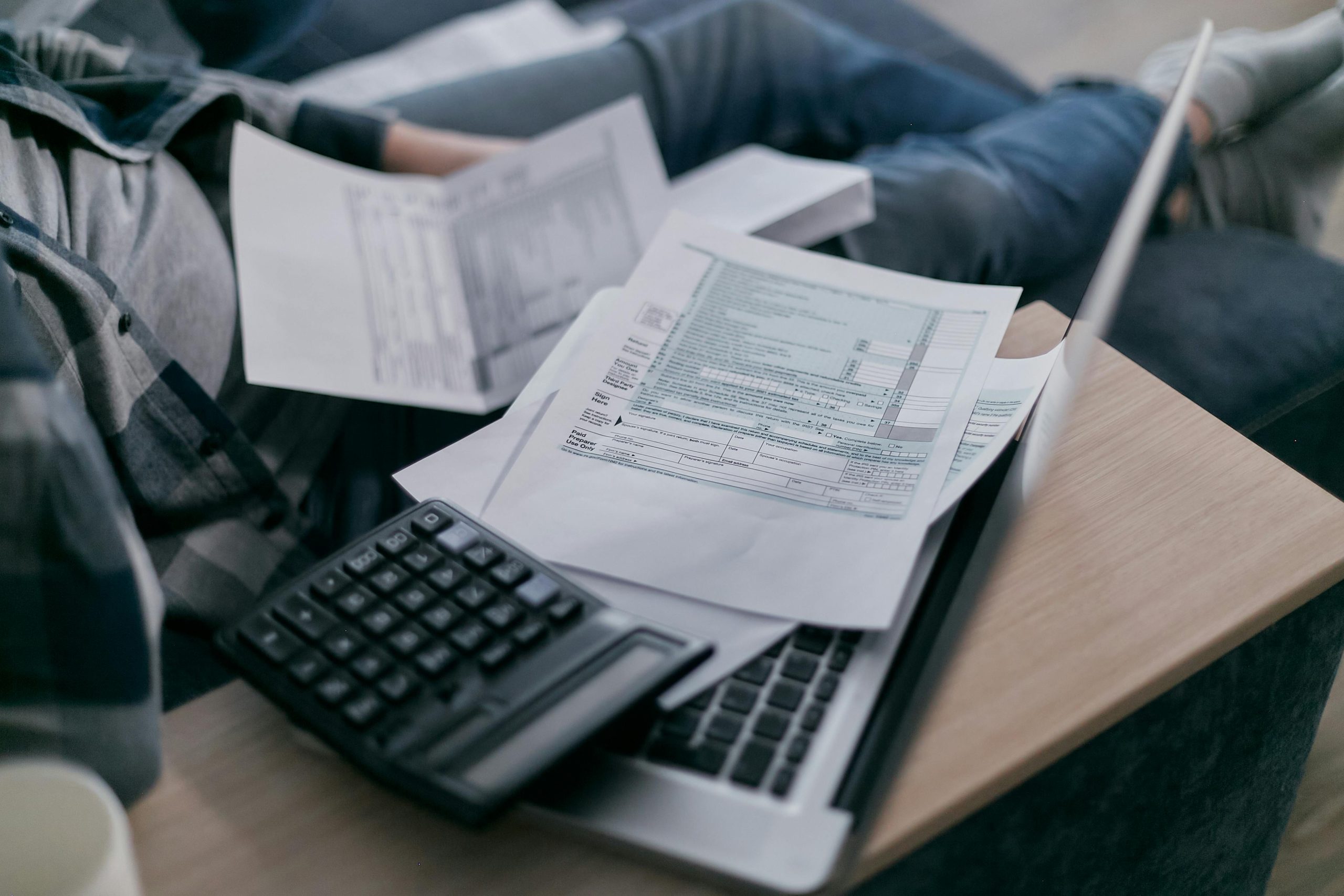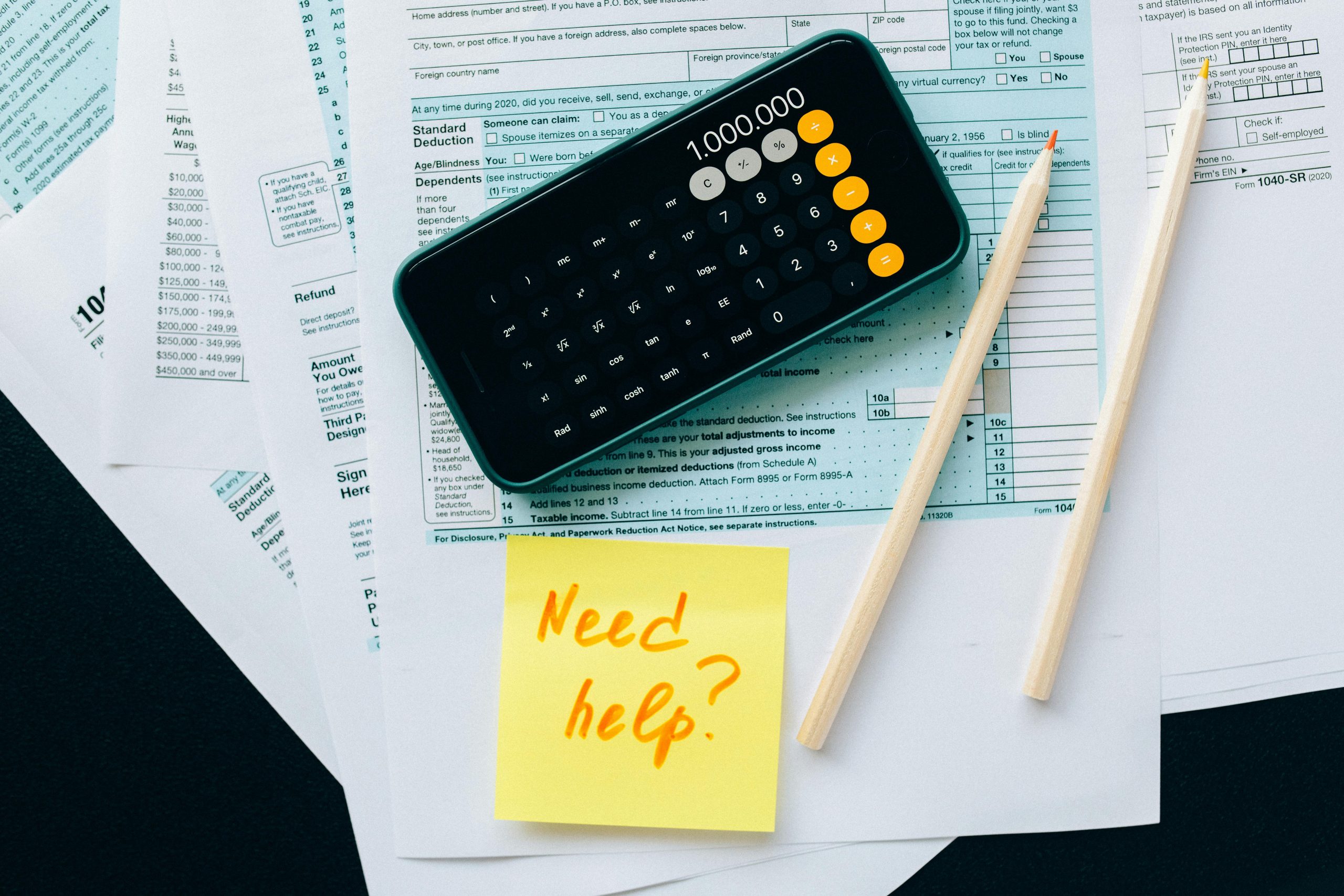If you owe the IRS, you may think you’ll have plenty of time before anything serious happens. But the IRS collection process is highly structured—and once it starts, it doesn’t stop until your tax debt is resolved.
At Back Tax Rescue, we help clients understand exactly where they are in the collection cycle and how to take control before it’s too late. Here’s how the IRS collection process works—from first notice to final levy.
📬 Step 1: The First Bill (CP14 Notice)
It all starts with Notice CP14, the IRS’s first bill to you after a tax balance is due.
- This notice explains the amount owed, including interest and penalties
- It includes instructions for paying in full or setting up a payment plan
- You usually have 21 days to respond before further action
👉 What to do: Don’t ignore it. This is the best window to resolve things with minimal damage.
🔄 Step 2: Reminder Notices (CP501, CP503)
If you don’t respond to CP14, the IRS sends CP501 (reminder) and then CP503 (urgent reminder).
- These notices restate your balance and warn of possible enforcement
- The tone gets more urgent with each letter
- The IRS may begin assigning your case to automated or manual collections
👉 What to do: Act now. These letters are your last chance before real enforcement begins.
🚨 Step 3: Final Notice Before Levy (CP504 or LT11)
This is when things get serious.
- CP504 warns that the IRS intends to levy your bank accounts or wages
- LT11 (or Letter 1058) is the final legal notice before enforcement
- These notices are also required before the IRS can issue a lien or levy
- You are given 30 days to request a hearing or resolve the issue
👉 What to do: If you’ve reached this point, contact a professional immediately. Time is running out to protect your assets.
🏛️ Step 4: Federal Tax Lien Filing
A lien isn’t a seizure, but it’s the IRS’s way of saying:
“We legally own your debt, and we’re securing your property to ensure payment.”
- The IRS files a Notice of Federal Tax Lien (NFTL)
- This becomes public record and can impact your credit, mortgage, and business
- Liens attach to real estate, vehicles, bank accounts, and future assets
👉 What to do: We may be able to request a lien withdrawal, discharge, or subordination—but fast action is key.
💥 Step 5: Levy (Seizure of Assets)
If nothing has been done after the final notice and lien, the IRS can move to levy your assets:
- Bank Levy: The IRS freezes and seizes funds in your bank account
- Wage Garnishment: Part of your paycheck is withheld and sent to the IRS
- Property Seizure: In rare cases, the IRS may seize physical assets like homes or cars
👉 What to do: Even after a levy begins, resolution options may still exist—but they’re limited and urgent.
🧰 How Back Tax Rescue Stops the Collection Clock
We help at every stage of the collection cycle:
✅ File missing returns to restore compliance
✅ Negotiate payment plans or Offers in Compromise
✅ Request Currently Not Collectible status
✅ Stop or reverse levies through proper appeals
✅ Remove or neutralize tax liens
✅ Represent you in front of the IRS so you never deal with them alone
🚦 Where Are You in the IRS Collection Life Cycle?
Understanding where you are in this process is crucial. The earlier you act, the more options we can preserve.
📞 Call Back Tax Rescue at 470-699-1187
📧 Email: info@backtaxrescue.com
🔗 Book a free consultation today
🛡️ We’ll help you get ahead of the IRS—before they get ahead of you.



